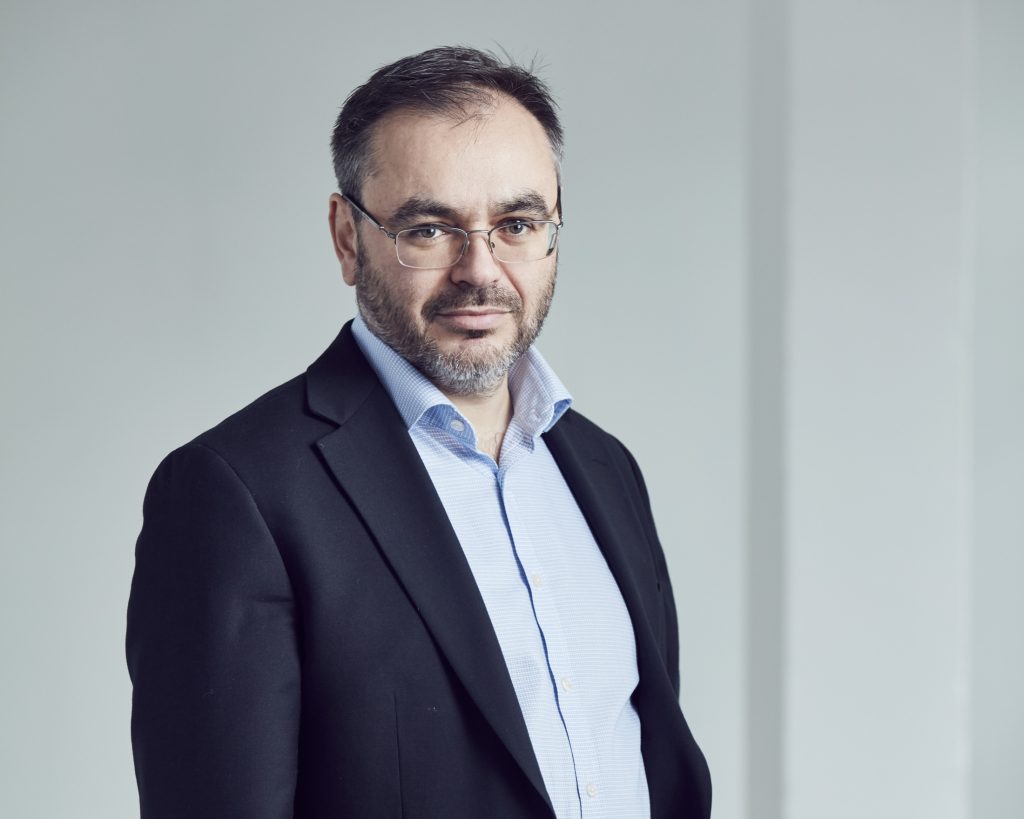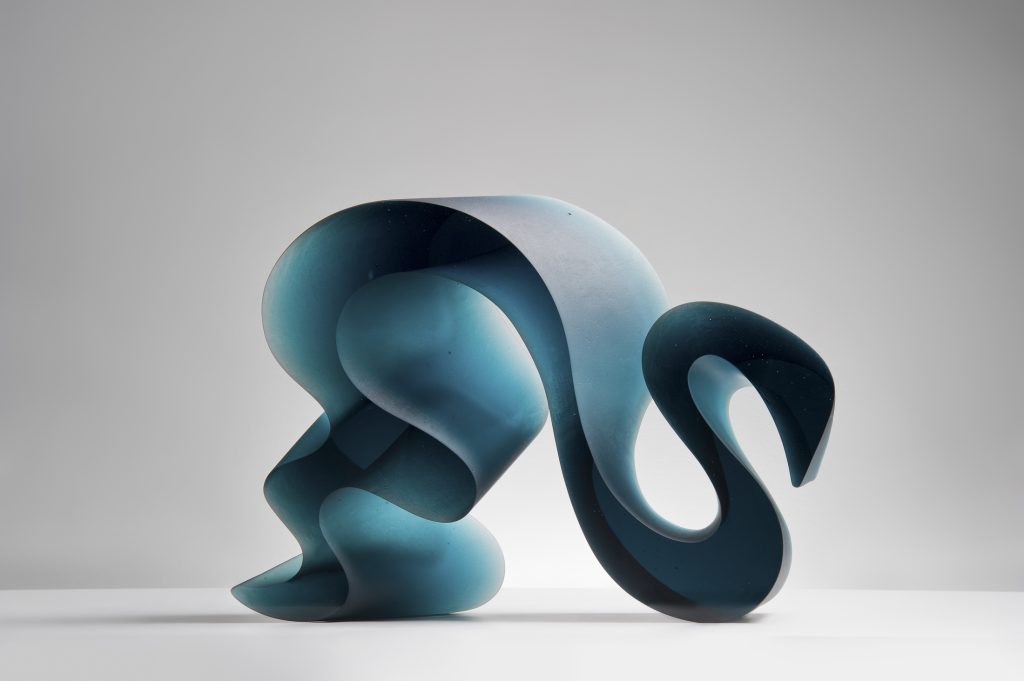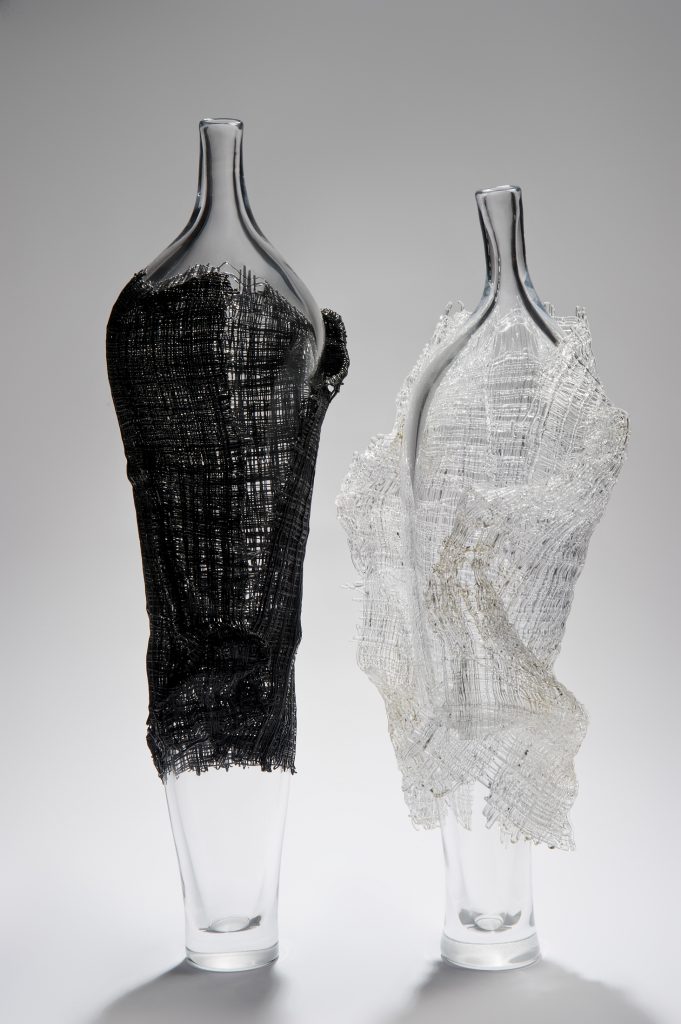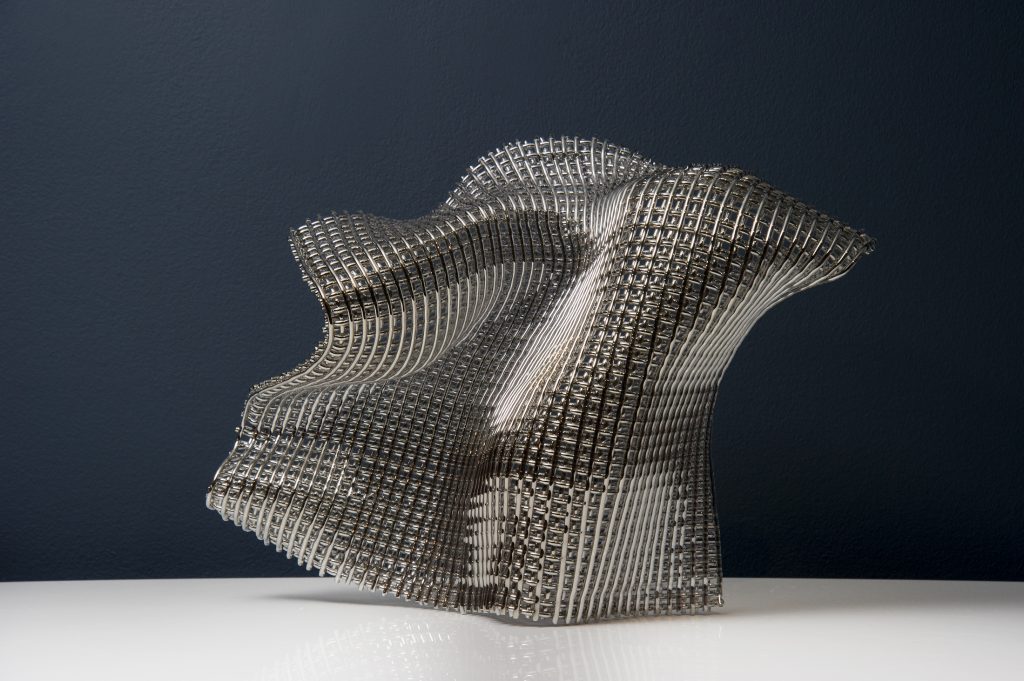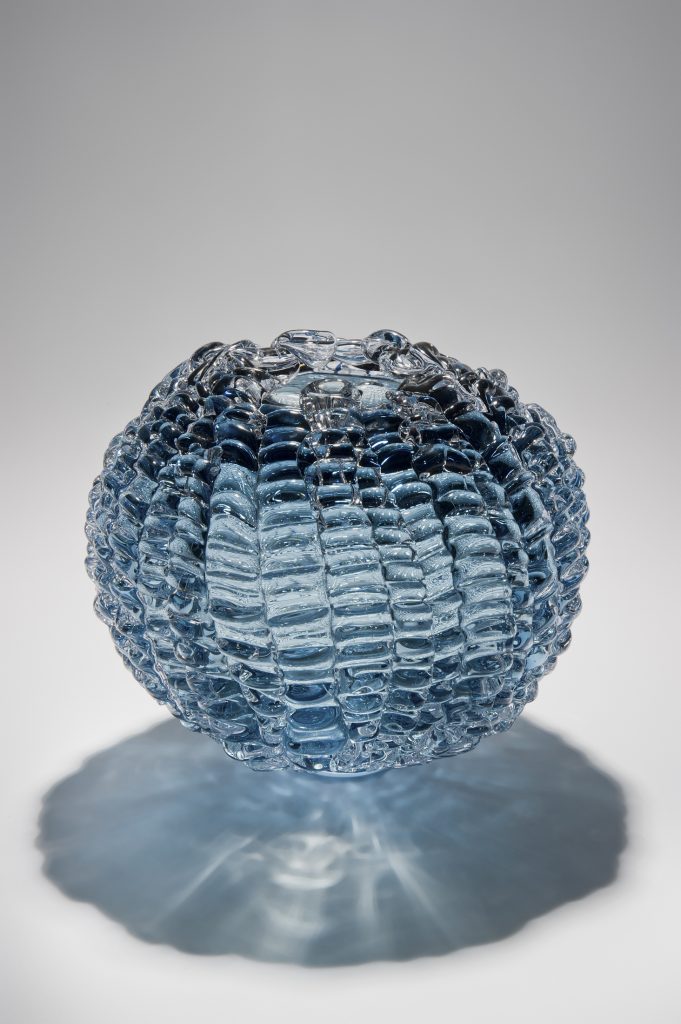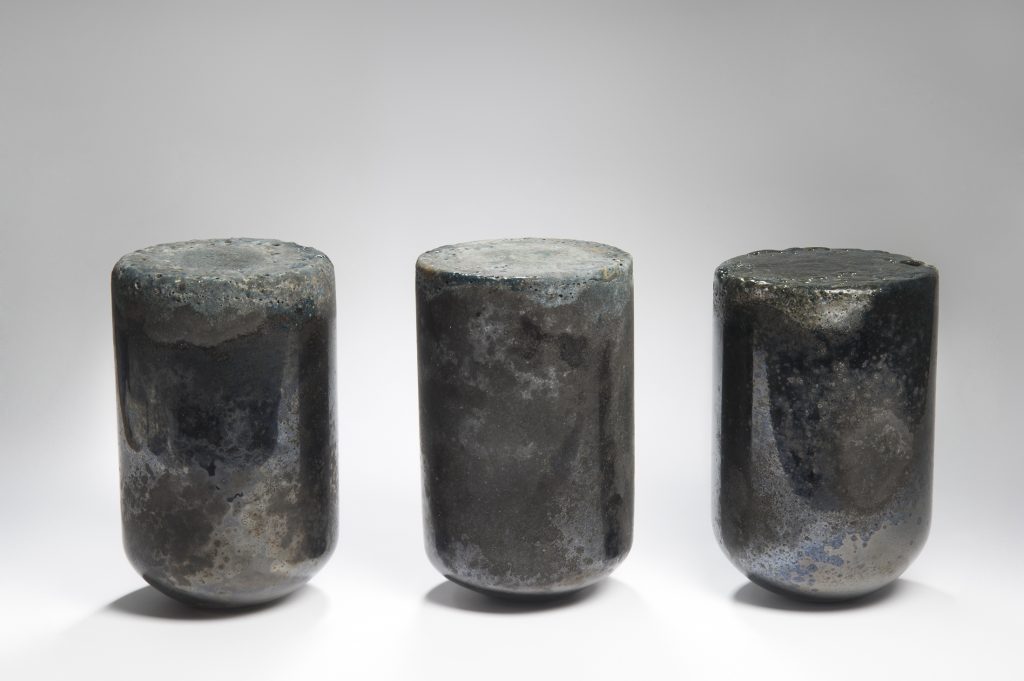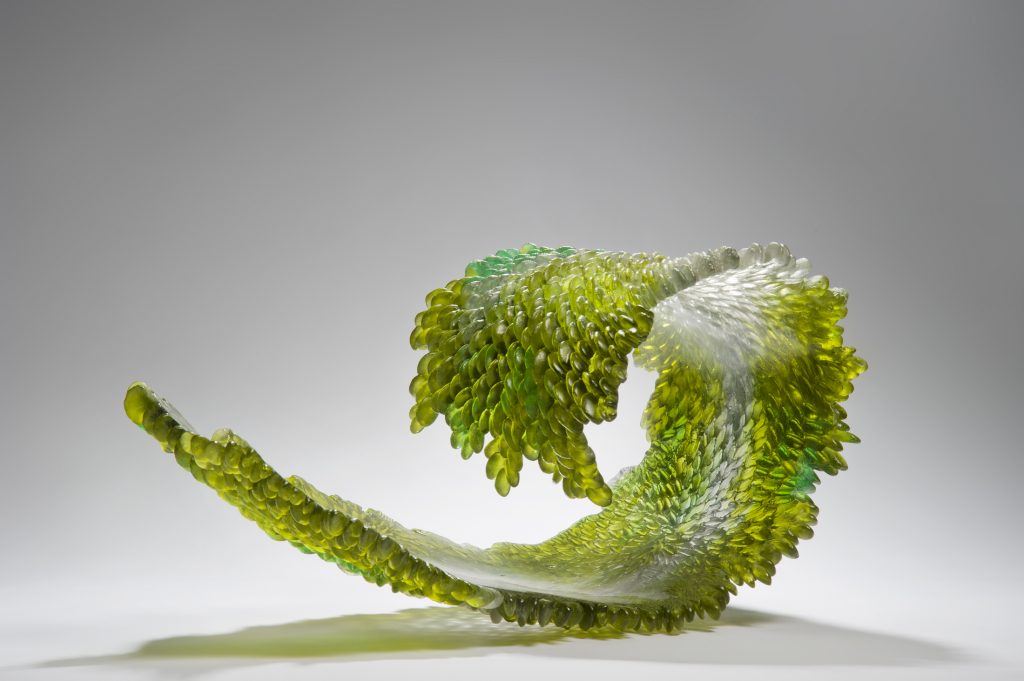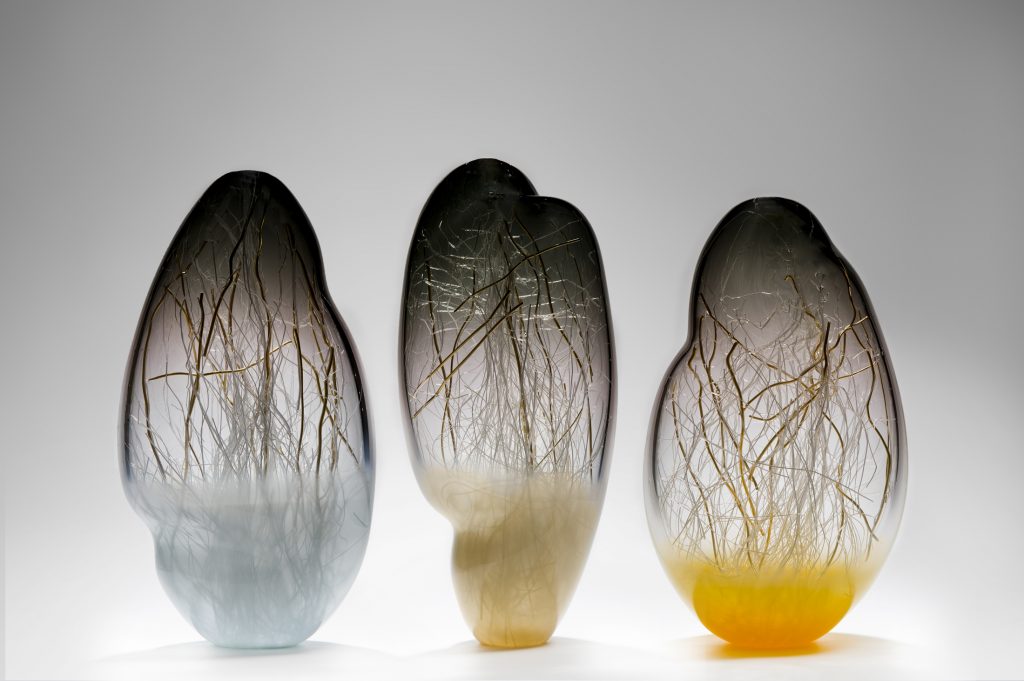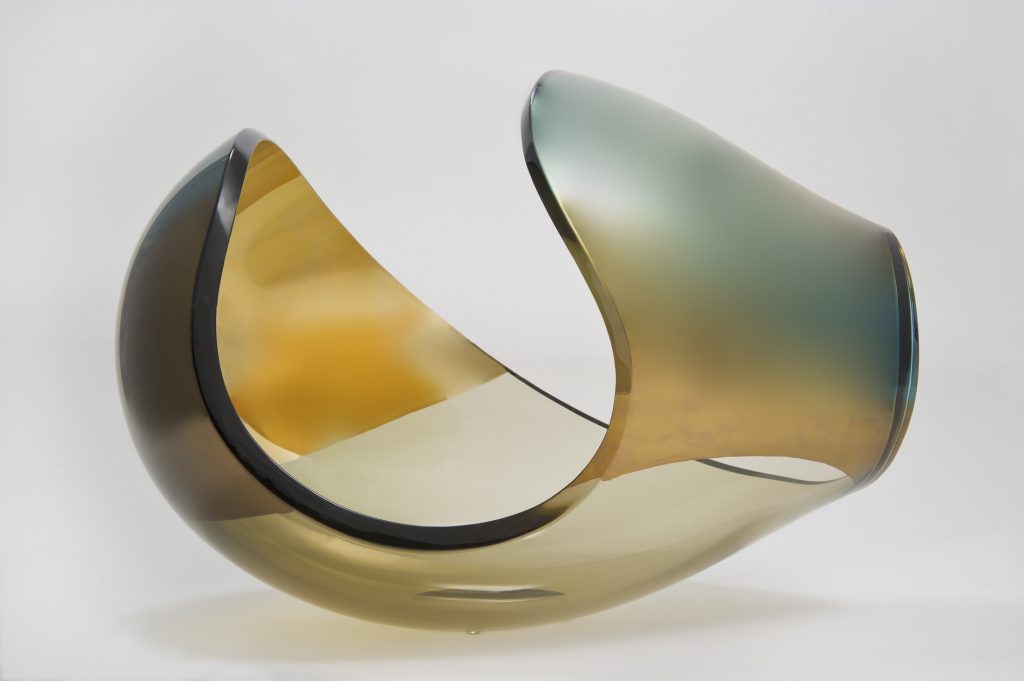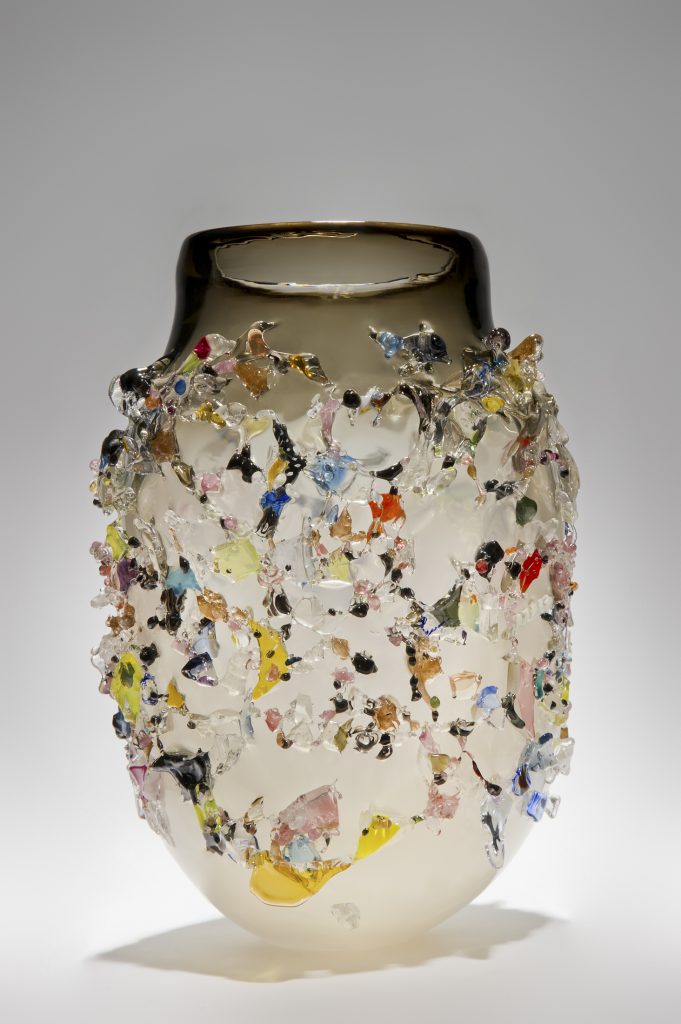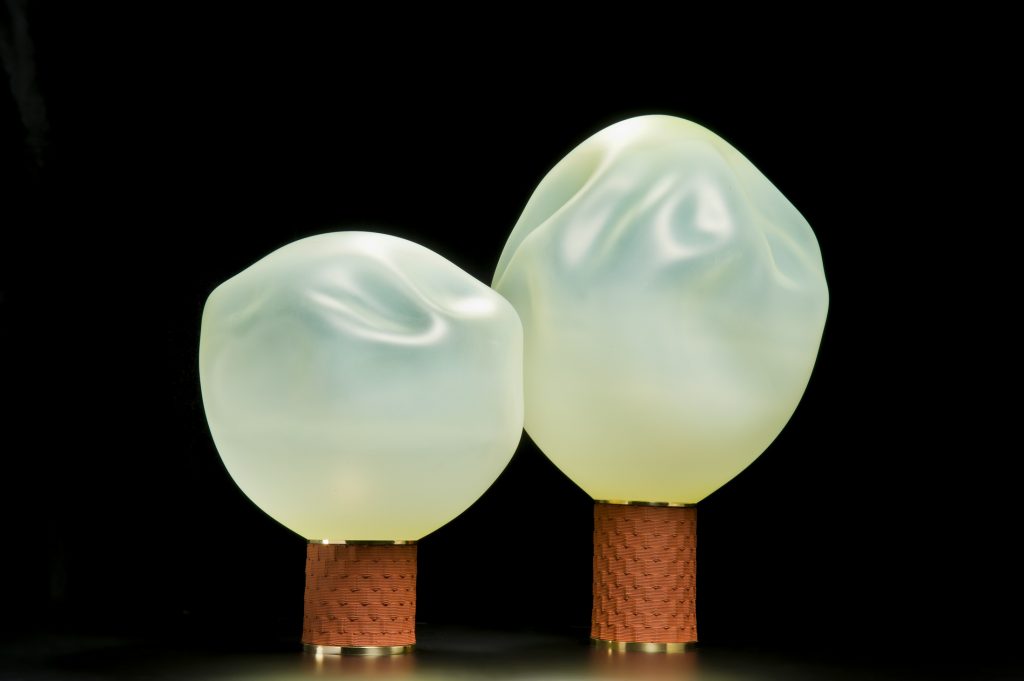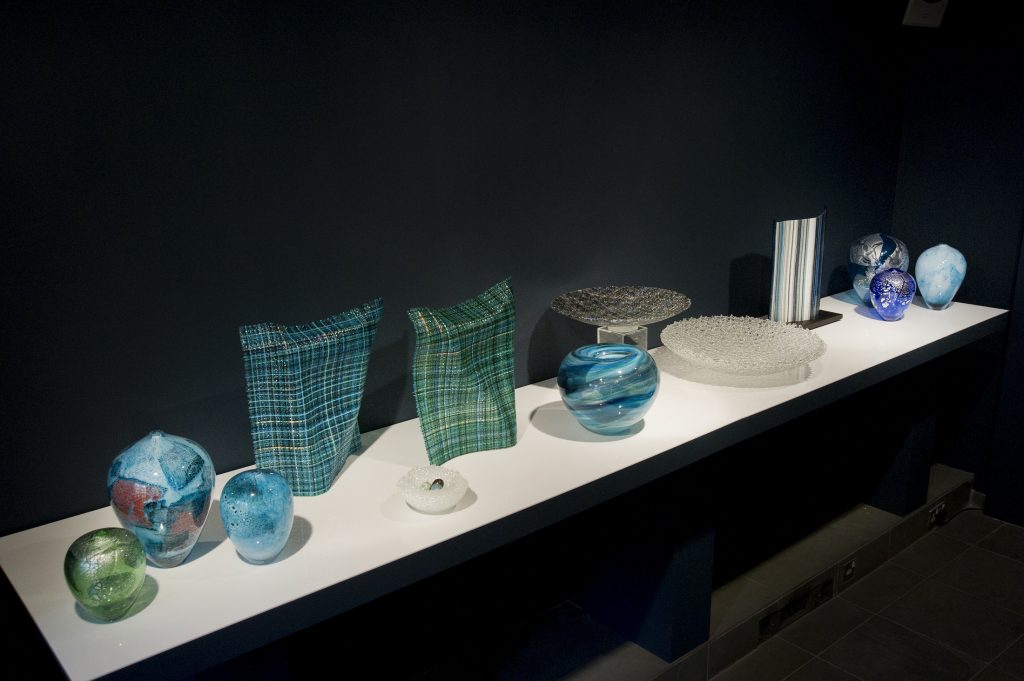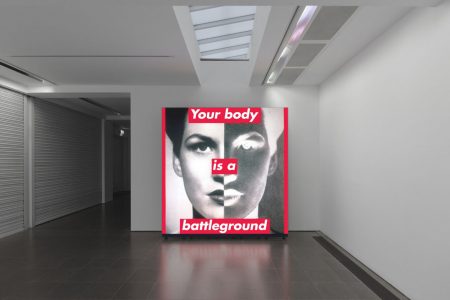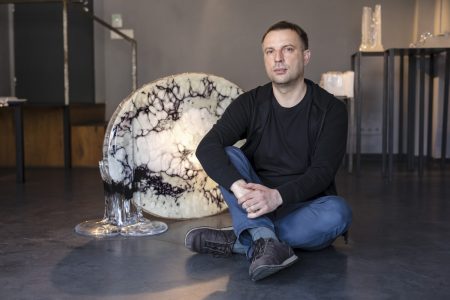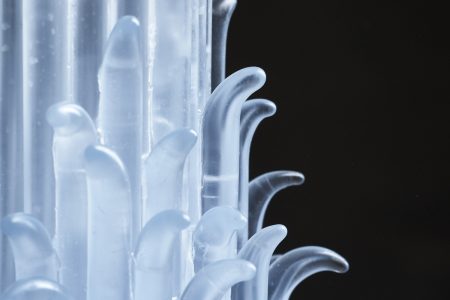Vessel Gallery: Twenty Years Celebrating British Studio Glass
Since founding London’s Vessel Gallery 20 years ago, Angel Monzon has become an expert on the contemporary glass-art scene, exhibiting and developing the work of a myriad glass artists. As a proud proponent of glass as a hand-worked skill, we speak to him about the developments he’s seen and the future he envisions for the craft.
TLmag: What changes have you seen happening in the glass industry since founding Vessel Gallery in 1999?
Angel Monzon (AM): There has been a shift towards using glass in a more conceptual way to express ideas and emotions rather than purely decorative artworks – functionality is not always a must. When we started, we were just coming out of a minimalist design period, and ornaments and decorations started to make an entry. This led to exploring old craft techniques and the discovery of ‘forgotten’ workshops and furnaces. Some of these discoveries developed into what is today’s studio crafts movement. But we also had the dismantling of glass education and the introduction of university fees, so if you want to learn the trade of glass-making you are much more limited than you were 40 years ago.
The biggest challenge has been to counteract the cheaper production capabilities that lower-wage countries offer, a pricing structure that European production could never cope with. Numerous brands have come onto the market, locating production outside Europe, neglecting our own manufacturing base. An interesting follow-on development has been the rise in local crafts, a sector that has had tremendous growth lately and is a backlash to mass-produced items.
TLmag: What do you see as the future of glass as an art form?
AM: New typologies need to be explored with the material, like installations, furniture, etc. The future is not in mass manufacturing but in art, sculpture and installations. There will always be collectors of glass, and artists who wish to express themselves in glass. We need to create a new dialogue and collaboration between craftsmen, artists and designers.
TLmag: Who are the three glass artists currently on your radar?
AM: London-based conceptual glass sculptor Elliot Walker is one of a handful of glass-blowers in the world who focuses solely on a complex technique called massello. It takes extreme dexterity, speed and precise temperature control to sculpt and master the molten glass. Also from London, Cathryn Shilling has a background in graphics. She experiments with colour and technique to produce beautiful one-off sculptures. Her innovative pieces push glass beyond our usual comfort zones with some sculptures using glass rods that are woven together like fabric. Devereux and Huskie is a collaborative glass hub by artist duo James Devereaux and Katie Huskie, based in rural Wiltshire. They produce some of the most challenging works possible, rivalling anything being made in Venice or Seattle, and have built a reputation for taking on the most demanding ideas with a focus on large glass-blowing. All three are a part of the new generation of the British Studio Glass movement and artists we have nurtured at Vessel.
This article was originally published in TLmag’s 2019 Autumn-Winter print edition “Contemporary Applied”
